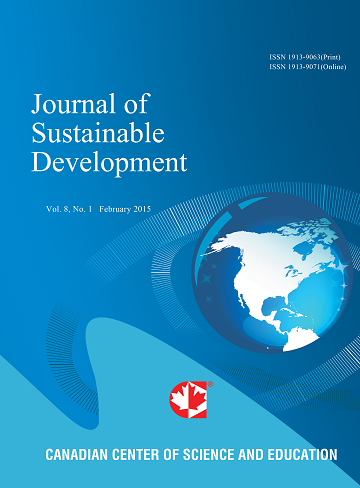Do Reduced Tree Spacings Enhance Soil and Aboveground Carbon Storage? A Legume Tree Stand in Southeastern Brazil
- Robert Gomes
- Marcos V. W. Caldeira
- Paulo A. Trazzi
- Francielle S. de Oliveira
- Gabriel S. L. Gomes
- Victor B. R. Duarte
- Mariana de A. Aragao
- Adriano R. de Mendonca
- Otacilio J. P. Rangel
Abstract
The study aimed to describe the influence of different planting spacings in aboveground biomass and soil carbon stocks, in 7.5 years old Anadenanthera peregrina (L.) Speg. var. peregrina stands, hypothesizing that smaller spacings might enhance carbon storage. The stands are located in Espírito Santo, Brazil and were planted in 2011. Blocks were allocated in a randomized block design to evaluate three treatments: 3 m x 3 m, 4 m x 4 m and 5 m x 5 m tree spacings. Samples up to 100 cm were taken for carbon determination and soil bulk density. 10 trees were felled and their aboveground biomass measured. Soil and aboveground biomass C stocks were calculated. The aboveground biomass C stock did not change in different spacing. Soil C stock was not influenced by the spacings, with total C stock of 122.93, 106.09 and 97.08 Mg ha-1 for 3 m x 3 m, 4 m x 4 m and 5 m x 5 m, respectively. The intensification of carbon storage in smaller spacings was not confirmed. The study reveals inedited information about carbon storage in A. peregrina var. peregrina stands and demands new investigations regarding different soil characteristics. The species do have potential for carbon storage regardless of tree spacing.
- Full Text:
 PDF
PDF
- DOI:10.5539/jsd.v18n3p177
Journal Metrics
Index
- Academic Journals Database
- ACNP
- AGRICOLA
- ANVUR (Italian National Agency for the Evaluation of Universities and Research Institutes)
- Berkeley Library
- CAB Abstracts
- CNKI Scholar
- COPAC
- CrossRef
- DTU Library
- EBSCOhost
- Elektronische Zeitschriftenbibliothek (EZB)
- EuroPub Database
- Excellence in Research for Australia (ERA)
- Genamics JournalSeek
- GETIT@YALE (Yale University Library)
- Ghent University Library
- Google Scholar
- Harvard Library
- INDEX ISLAMICUS
- Infotrieve
- Jisc Library Hub Discover
- JournalGuide
- JournalTOCs
- LOCKSS
- Max Planck Institutes
- MIAR
- Mir@bel
- NewJour
- Norwegian Centre for Research Data (NSD)
- Open J-Gate
- PKP Open Archives Harvester
- Pollution Abstracts
- Publons
- Pubmed journal list
- RePEc
- ROAD
- SafetyLit
- Scilit
- SHERPA/RoMEO
- Standard Periodical Directory
- Stanford Libraries
- UCR Library
- Ulrich's
- UniCat
- Universe Digital Library
- UoS Library
- WJCI Report
- WorldCat
- WorldWideScience
- Zeitschriften Daten Bank (ZDB)
Contact
- Sherry SunEditorial Assistant
- jsd@ccsenet.org
